After being shown off in the Insider channels since November, Microsoft’s rebooted Windows Media Player is slowly being made available on the new Microsoft Store in Windows 11.
While it was first shown off by accident during a live podcast stream , an update in the Dev Channel in November revealed the existence of this new and improved media player.
It’s replacing Groove Music, the app that’s been Microsoft’s default media player for a while now, but the company seemingly wants to make a sequel to the iconic Windows Media Player from the early-noughties, when it was one of the most popular apps of its time.
But is there a place in 2022 for a new media app in Windows 11 ?
How to download Media Player in Windows 11
The new app requires you to update your device to Windows 11 build 22000.346 or later, where you can then head over to the Microsoft Store, and download the new media player for your device.
If you have Groove Music, Microsoft’s previous media app that’s been available since 2012, the new Windows Media Player will replace it. In our testing, we spotted that the new media player was available on some, but not all, of our Windows 11 devices.
But you can still download the original version of Windows Media Player , which has been available since 2012 if you want a nostalgic kick for your PC. But you won’t be able to take advantage of what the new media player brings.
Alongside HDR support when playing videos, the app has seen a redesign to match the Fluent design language of Windows 11 and Office 2021 . The color scheme will also match whichever theme you have set for your PC, so Media Player won’t look out of place.
Analysis: Is there room for Windows Media Player in 2022?
The world is a different place since we were using MSN Messenger and Windows Media Player 9 back in 2002. It was before a time where Netflix existed, and ‘streaming’ was what rivers did, rather than being a way of watching media.
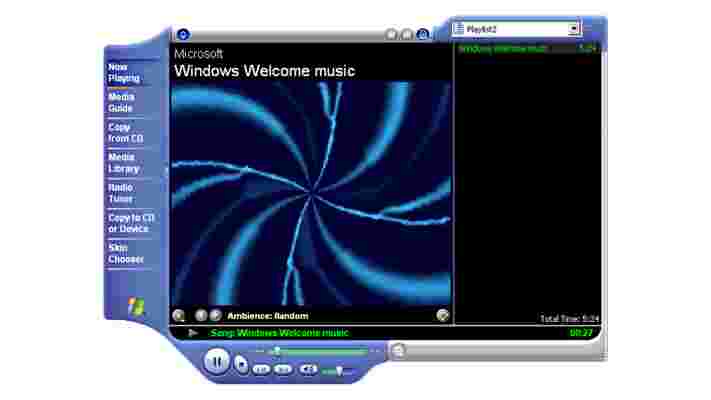
But now we’re spoilt for choice with the apps we can use to play our videos. While you can play videos on your Mac through QuickTime Player, or through third-party means such as IINA , Windows 11 has a wide variety to choose from.
From VLC Player to iTunes , it may require an extra push from Microsoft to make users aware of what was around during Windows 98, and why Windows Media Player is still worth using in 2022.
With Xbox, Surface, and other devices from the company, we may see variants of this new Windows Media Player start to appear on these products. But time will tell if users want to use a brand-new media player when there’s already a great catalog of media apps to choose from.
Via Windows Latest
Oral-B's new electric toothbrush will stop you going cross-eyed
Oral-B has unveiled a new electric toothbrush at CES 2022 , and it's designed to stop you going cross-eyed while you clean your teeth. The Oral-B iO Series 10 is a successor to the iO Series 9 (our current pick for the best electric toothbrush ) – and has one big upgrade.
Most electric toothbrushes vibrate every 30 seconds to remind you to move onto a different quadrant, plus a timer display on the handle. However, it can be easy to lose count of the vibrations if you're half-asleep first thing in the morning, and looking at the display means either peering awkwardly at the brush in your mouth with, or pausing your cleaning partway through.
The Oral-B iO Series 10 solves that problem with a charging base that doubles as a secondary display. Four lights indicate which quadrant you should be cleaning, and digits on the side show how long you've been brushing. The time is displayed on the side of the base when it's not in use.
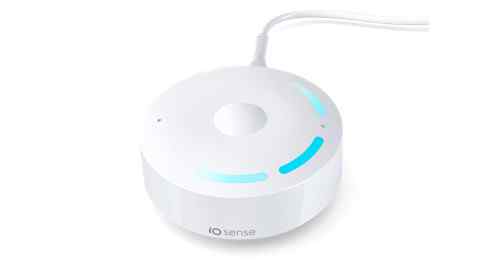
This isn't the first electric toothbrush to show your brushing stats somewhere other than the handle, but it's the most convenient. Earlier brushes like the Oral-B Smart Guard range used a separate LCD display unit to show brushing time, which took up extra space in the bathroom. Showing the same info on the charging base means there's no need for an extra device cluttering your countertop.
Oral-B has yet to announce a release date for the iO Series 10, but if you're in the US you can register for updates and be first to know when it's available to buy.
Budget-friendly brushes
Oral-B also used CES 2022 to reveal a pair of new entry-level brushed in the iO lineup. The Oral-B iO Series 4 and 5 have the same quiet brushless motor as other brushes in the range, but drop a few of the fancier features to lower the price tag.
In a briefing, TechRadar saw that, unlike other iO brushes, neither of the two new budget models has a touchscreen display on the handle. They also have fewer brushing modes (four, compared to five for the iO Series 6), and the iO Series 4 lacks real-time tracking and coaching in the Oral-B app. The entry-level brushes have simpler charging bases than higher-end models too.
Oral-B hasn't announced final prices or release dates for the Series 4 and 5, but both will be under $100, making them the cheapest brushes in the line.
Opinion: Bluetooth brushes make sense
We're still waiting for Oral-B to announced a retail price for the iO Series 10, but we can safely say it's likely to be pretty steep. The iO Series 9 launched at $300 / £500 / AU$400 in 2020, and the new brush is likely to be cost around the same – or possibly even more.
You might baulk at the idea of spending so much on a toothbrush, but very few retailers actually sell them for the full RRP. The Series 9, for example, is now available for less than half its initial price, making it a much more tempting proposition.
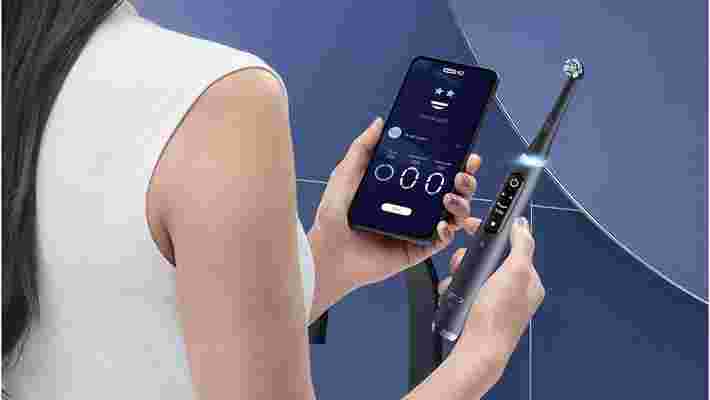
It's still not cheap, but a Bluetooth brush is well worth considering. It may initially seem like overkill (after all, how many appliances do you really want installing apps on your phone?) but the real-time feedback you get from a smart toothbrush can help improve the way you brush, highlighting any areas you often miss, and building better technique that'll stand you in good stead in the long run, even if you decide to switch back to a cheaper brush in the future.
Even if you don't use the app, Oral-B's brushes also give you quick feedback in the form of an emoji on the handle's display. If you did a particularly good job, you'll be awarded a smiley face with stars for eyes. Acceptable brushing will earn you a regular smile, and poor cleaning will result in a frown.
It might seem childish, but in our experience it actually works. Nobody wants to be ticked off by their toothbrush, and earning the starry smile gets you day off to a good start.
Panasonic explains why the new Lumix GH6 is missing a key feature
The new Panasonic Lumix GH6 is one of the most powerful video cameras around, but one slight blot on its copybook is its lack of phase-detect autofocus. Well, now Panasonic has explained why the new camera has instead stuck with older AF technology.
In a surprisingly candid chat during the GH6 launch , Panasonic USA's Business Development Manager Matt Frazer said he was "well aware it isn't the direction that people were hoping that we would go" regarding the camera's autofocus, but that "it just wasn't possible for us to get a modification for phase-based autofocus" on the camera's new sensor.
Like previous Panasonic cameras, the GH6 uses a version of contrast-detect autofocus called 'Depth by Defocus' (DFD). Contrast-detect autofocus works by tweaking the lens's focusing distance to judge where the point of maximum contrast is. It's ideal for still subjects, and DFD adds subject recognition to the mix to help improve its speed and accuracy.
However, most other camera manufacturers use 'hybrid' AF systems that combine the contrast-based approach with phase-detect autofocus (PDAF) to great effect. Phase-detection works by splitting the incoming light into pairs of images, then shifting focus to bring those perspectives into alignment. It's typically faster than contrast-based AF, and better for tracking moving subjects, but it can have knock-on effects for other aspects of a sensor's design – which is partly why Panasonic didn't adopt it on the GH6.
"You have to remember that when we're developing or working on a sensor design, we're working on the information based on an older camera – we were working on this around the GH4's timeline," Frazer explained, referring to the camera that came out in 2014. "You're working on the concerns of the sensor at that point. So low-light sensitivity, dynamic range, resolution – those are things people were most concerned about."
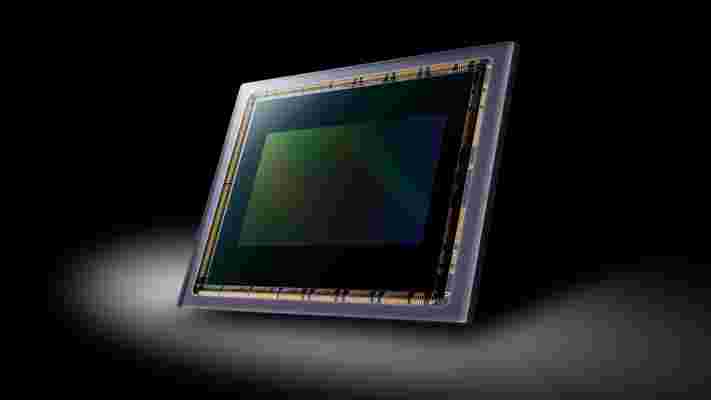
Those weren't the only things people were requesting, though. "Obviously, we pay attention, we know people are looking for a PDAF solution," he added. But it apparently wasn't possible to combine that with the other improvements Panasonic wanted to make in the GH6. "At the end of the day, when we were working on this sensor design, it just wasn't possible for us to get a modification for phase-based autofocus," Frazer said, stating that the priorities were instead faster read-out speeds and improved dynamic range.
Interestingly, he added that Panasonic is actively looking into PDAF and other forms of autofocus. "To be clear, that doesn't mean we aren't investigating phase-based autofocus systems. Or time-of-flight autofocus systems, or maybe something really cool that none of us have ever heard of before," he said. "But at this time, with this camera, this is what we're going to be able to offer."
The quotes certainly offer an interesting insight into Panasonic's decision-making process, even if they don't going into the precise specifics about why the company couldn't combine those other improvements with a hybrid autofocus system. After all, the new Olympus OM-1 , which is another Micro Four Thirds camera, combines a new 'stacked' sensor with phase-detect autofocus points across the frame.
Despite the controversy, we've found that the GH6's autofocus performs pretty well in most situations – and you can read more of our first impressions in our hands-on Panasonic Lumix GH6 review .
Analysis: Panasonic takes the wider view
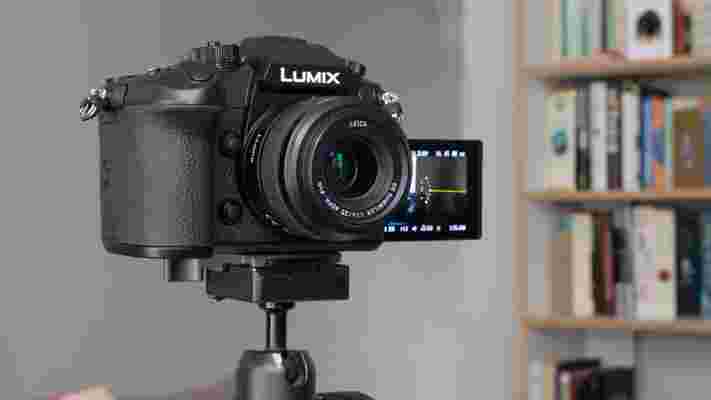
Autofocus is a key part of any camera, but its importance depends on what you're shooting. If you mostly shoot static subjects, or, as many Panasonic GH6 owners will do, prefer to pull video focus manually, then its DFD contrast-detect autofocus will likely be completely fine.
It's only really when shooting moving subjects, or filming videos solo as many vloggers do, that the lack of phase-detect autofocus could become a potential issue. These quotes from Panasonic's Frazer, along with the admission that "it's not what people wanted", suggests that the manufacturer does recognize that the GH6's autofocus does have some limitations, despite improvements to its DFD system.
Traditionally, the main drawback of Panasonic's contrast-based AF systems has been a 'pulsing' in the background of videos, as it hunts for the point of maximum contrast, so we'll be keen to see whether that's still the case on the GH6. Another potential limitation is that in the GH6's higher frame-rate modes, like 4K/120p, the face and eye detection are less effective.
Still, the GH6's system may well prove to be good enough for your style of filming, and it's important to remember that autofocus is just one factor that impacts a camera's performance from a video perspective. For example, while cameras like the Canon EOS R5 may have superior hybrid AF systems, they can also be prone to overheating – something that shouldn't be possible on the GH6 due to its fan-cooling.
The GH6 also promises to have one of the best in-body stabilization systems around, so it's still shaping up to be a fine tool for vloggers and YouTubers. We'll bring you our full verdict very soon, but in the meantime you can read our hands-on Panasonic GH6 review for all of our early thoughts.